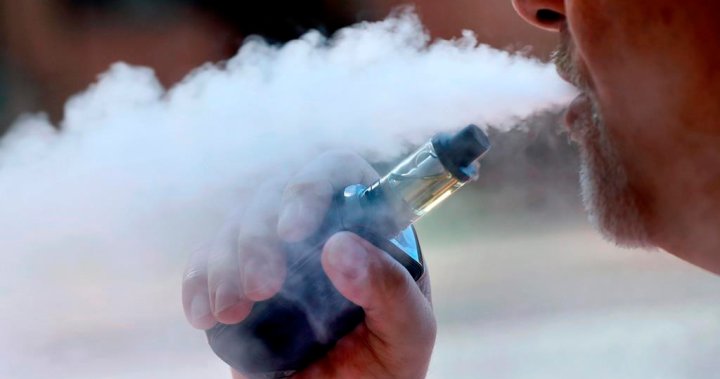Health Canada is implementing new regulations that require retailers and manufacturers in the vaping industry to submit semiannual sales figures and ingredient lists. These reports are aimed at gaining a better understanding of popular vaping products, particularly among youth, and identifying the specific ingredients being inhaled by users. The first reports are due at the end of this year.
The move comes as concerns over vaping and related health issues have been in the spotlight. A study conducted by Harvard in 2015 found that diacetyl, a flavoring chemical, was present in over 75% of tested e-cigarette liquids and was linked to a lung disease known as “popcorn lung.” A Canadian teenager who vaped developed similar symptoms in 2019, sparking international headlines. However, a recent study by Health Canada found diacetyl in only two out of more than 800 tested vaping liquid samples.
While the new regulations have been welcomed by some, the vaping industry has expressed concerns. Daniel Marien, the director of VITA, a Canadian vaping trade organization, is worried about whether the full ingredient lists of vape juices and flavors will be made public, as this could potentially compromise intellectual property. Health Canada has stated that it is still considering what ingredient information will be shared publicly.
Health Canada believes that the December 31 deadline for submitting reports will provide manufacturers with enough time to gather the necessary ingredient information. The agency emphasizes the importance of obtaining full ingredient lists to better understand potential health impacts. As for what information will be shared publicly, Health Canada is still deliberating.
Mental Health and Addictions Minister Carolyn Bennett has highlighted the need to address vaping among young Canadians. She believes that policies should be based on education and prevention, and suggests working with the vaping sector and Health Canada to resolve any issues. The survey shows that vaping is most popular among Canadians aged 24 and under, with fruit flavors being the most commonly used.
Health officials have long aimed to reduce rates of tobacco use and vaping. The Canadian Lung Association has observed a rise in young people using vaping products since they were legalized in 2018. About 53% of recent vapers report using fruit flavors. While some provinces have imposed restrictions on flavored vape products, there is no federal restriction in place.
Daniel Marien estimates that the majority of his customers are over the age of 35 and use vaping as a substitute for smoking. While smoking cessation is the most frequently cited reason for vaping, the survey shows that stress relief is the main reason among 15-19 year-olds, with enjoyment being the top reason among 20-24 year-olds.
Health Canada hopes that gathering sales data will help them identify trends and inform future tobacco control measures. Similar reporting requirements are already in place for tobacco products, but vaping products were not previously covered. These new regulations do not apply to cannabis vaporizers, as they are governed by the Cannabis Act.
Denial of responsibility! VigourTimes is an automatic aggregator of Global media. In each content, the hyperlink to the primary source is specified. All trademarks belong to their rightful owners, and all materials to their authors. For any complaint, please reach us at – [email protected]. We will take necessary action within 24 hours.


